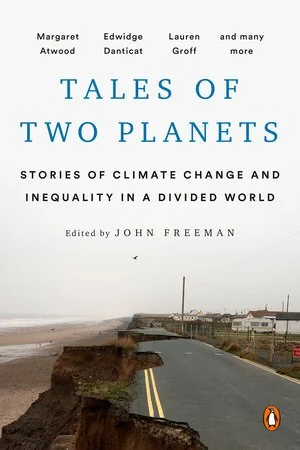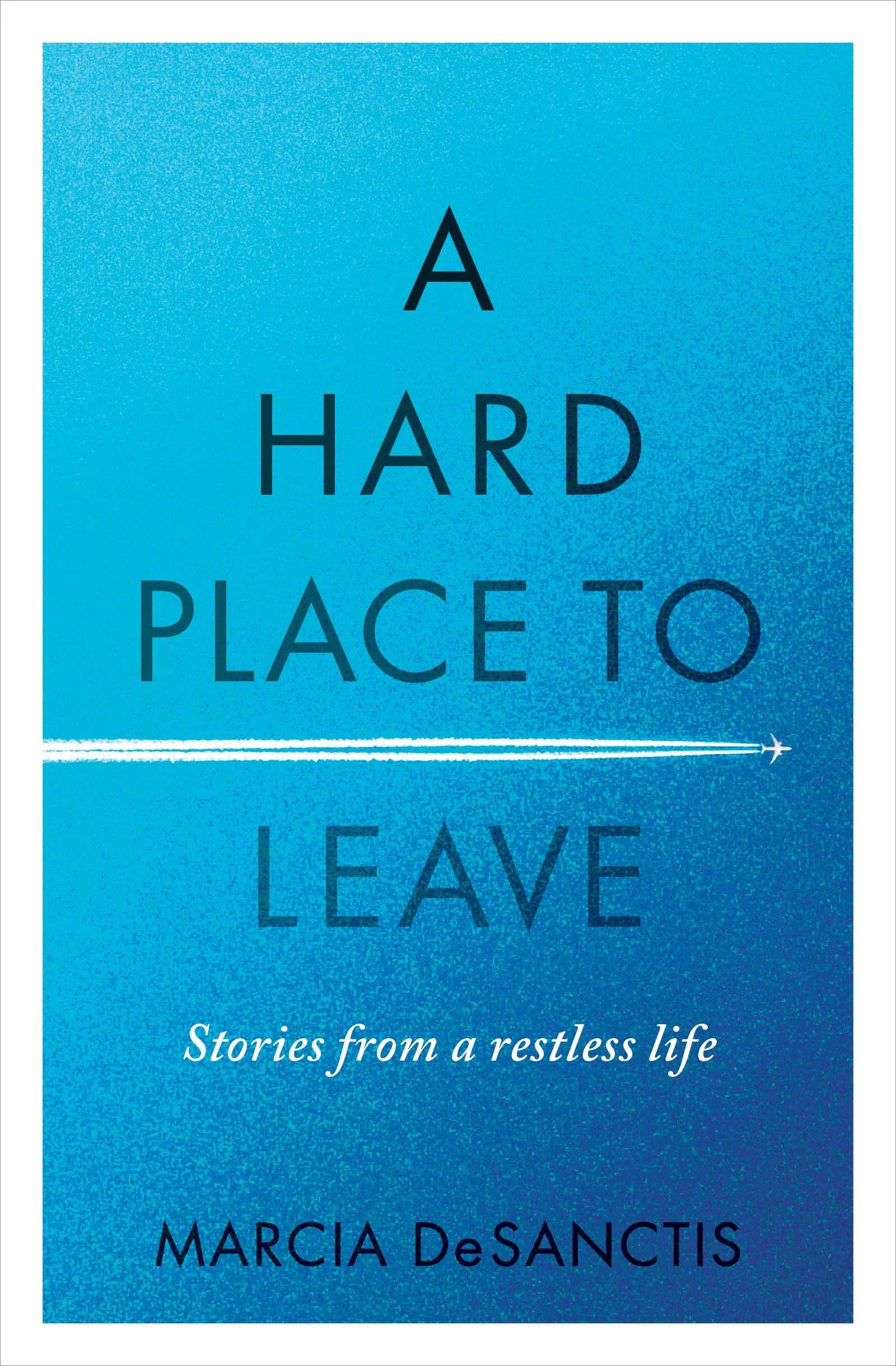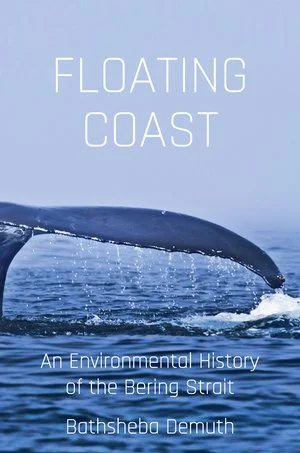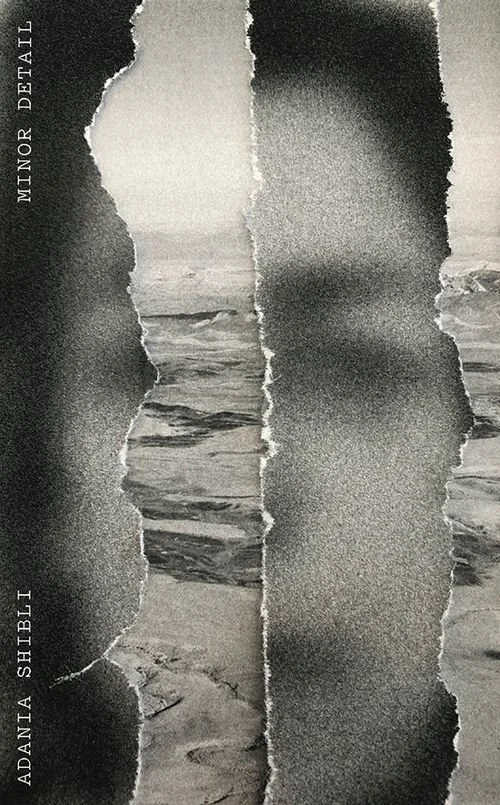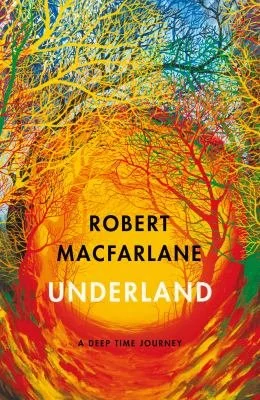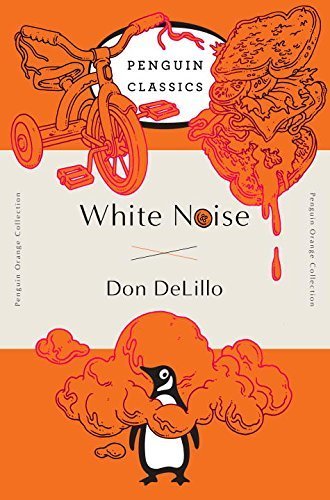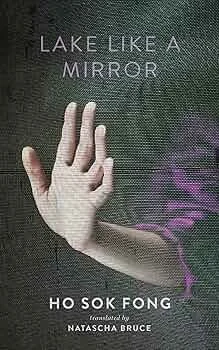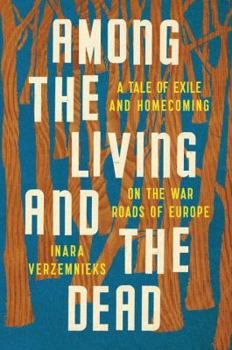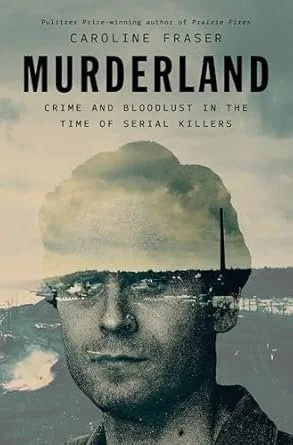ENVIRONMENTAL STORIES
Defining “environmental stories” is like trying to hold dark matter in your hand, or knowing the national debt. Or it’s like Janet Malcolm trying to profile the artist, David Salle. Meaning, it’s a little mysterious, hard to put in a box or wrestle into a paragraph because the word “environment” itself contains pretty much everything. But we’ll try. In the simplest terms we can muster,
Environmental stories illuminate, investigate, observe, and interpret relationships between and amid living beings and non-living beings and their surroundings.
Science writing, nature writing, climate writing, environmental justice writing, investigative journalism— all important genres—but not necessarily what we consider an environmental story. Environmental stories can contain science, investigations, etc., but at their core, they must contain a story with stakes for the reader and the author….and for the environment itself. For example, we love bees, and books that explain the habits and lives of bees—but we don’t consider them environmental stories because texts like these lean toward more explanatory modes.
Environmental stories contain plot, characters, structure, adjectives, and hold emotions like love, loathing, jealousy. They contain facts, sure, but ask more questions than answers they provide. They have beginnings, middles, and ends that don’t always follow a traditional timeline. Environmental stories are texts that connect us, or reinforce empathy, compassion, generosity, and cooperation. They connect the dots between the past and present. They ignite imagination and curiosity. They can fit in the palm of your hand or lodge itself in some small place in your throat or your heart. Environmental stories can make bridges instead of moats.
We regularly update our BOOKSHOP.ORG “store” where we list some of our favorite environmental stories or books we teach. Below is a line up of literature we love, some by TESS collaborators. There’s also a few non-book texts on our READINGS page that are good places to start. Most (not all!) of these texts exemplify what we consider environmental stories.




